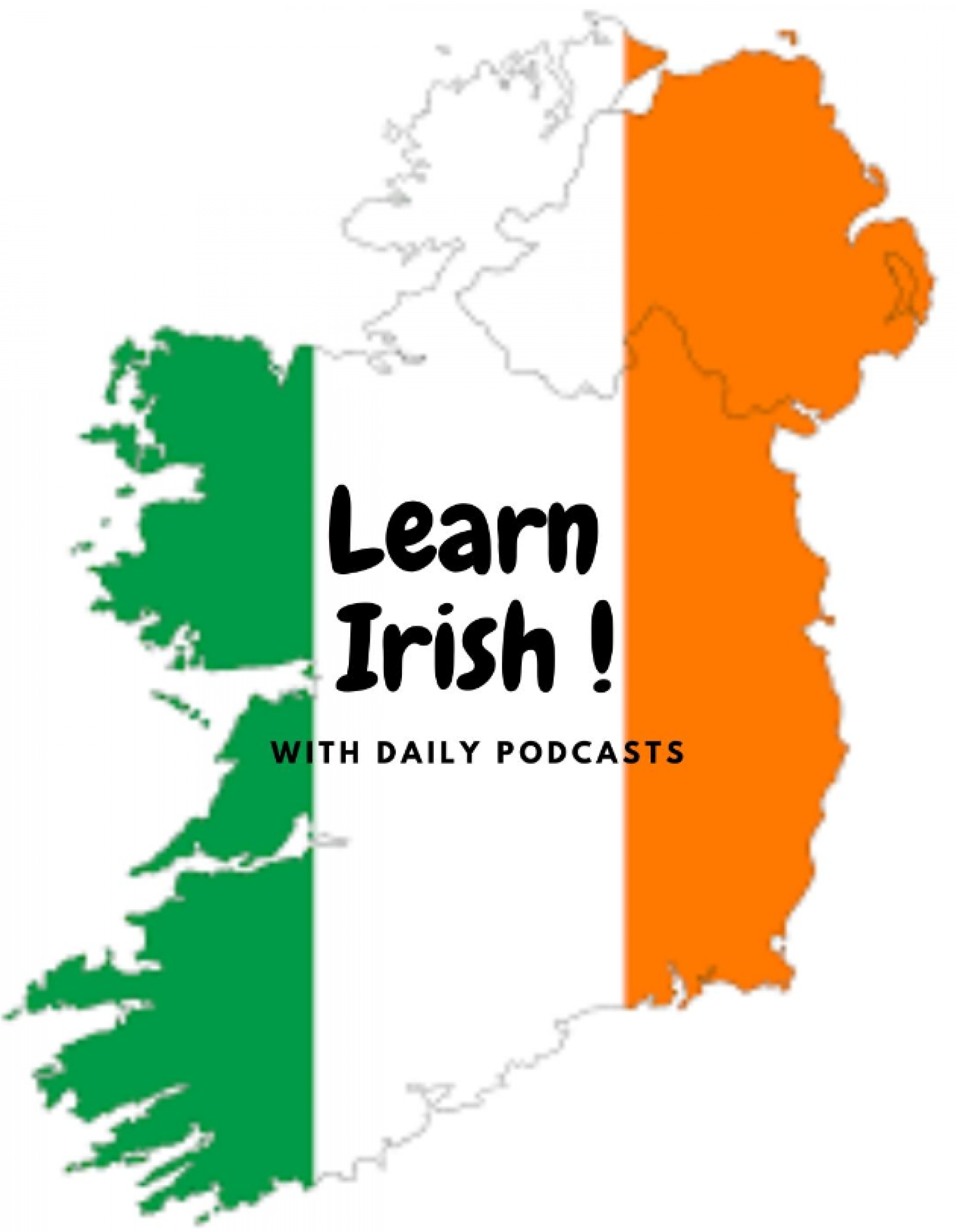Podcast: Play in new window | Download (Duration: 8:07 — 1.9MB)
Subscribe: Spotify | Email | RSS | More
Original Podcast with clickable words
http://tinyurl.com/y2wltd52
The Tour de France is an annual mens multiple stage bicycle race primarily held in France, while also occasionally passing through nearby countries.
Is rás rothar ilchéime bliantúil fir é an Tour de France a reáchtáiltear go príomha sa Fhrainc, agus a théann trí thíortha in aice láimhe ó am go chéile.
Like the other Grand Tours (the Giro dItalia and the Vuelta a España), it consists of 21 day-long stages over the course of 23 days.
Cosúil leis na Grand Tours eile (an Giro d’Italia agus an Vuelta a España), tá 21 chéim lae ann thar 23 lá.
It has been described as “the world’s most prestigious and most difficult bicycle race.”
Tá cur síos déanta air mar “an rás rothair is mó le rá agus is deacra ar domhan.”
The race was first organized in 1903 to increase sales for the newspaper LAuto and is currently run by the Amaury Sport Organisation.
Eagraíodh an rás den chéad uair i 1903 chun díolacháin don nuachtán L’Auto a mhéadú agus tá sé á reáchtáil ag Eagraíocht Spóirt Amaury faoi láthair.
The race has been held annually since its first edition in 1903 except when it was stopped for the two World Wars.
Tionóladh an rás go bliantúil ó rinneadh a chéad eagrán i 1903 ach amháin nuair a stopadh é don dá Chogadh Domhanda.
As the Tour gained prominence and popularity, the race was lengthened and its reach began to extend around the globe.
De réir mar a fuair an Turas suntasacht agus tóir, síneadh an rás agus thosaigh a bhaint amach ag leathnú ar fud na cruinne.
Participation expanded from a primarily French field, as riders from all over the world began to participate in the race each year.
Leathnaigh an rannpháirtíocht ó réimse Francach go príomha, de réir mar a thosaigh marcaigh ó gach cearn den domhan ag glacadh páirte sa rás gach bliain.
The Tour is a UCI World Tour event, which means that the teams that compete in the race are mostly UCI WorldTeams, with the exception of the teams that the organizers invite.
Is imeacht de chuid Turas Domhanda UCI é an Turas, rud a chiallaíonn gur UCT WorldTeams den chuid is mó iad na foirne a bhíonn san iomaíocht sa rás, cé is moite de na foirne a dtugann na heagraithe cuireadh dóibh.
It has become “the worlds biggest annual sporting event.”
Tá sé anois ar “an ócáid spóirt bhliantúil is mó ar domhan.”
A womens Tour de France was held under different names between 1984 and 2009.
Tionóladh Tour de France na mban faoi ainmneacha difriúla idir 1984 agus 2009.
Since 2014, the La Course by Le Tour de France is held for women in a one- or two-day format during the mens race.
Ó 2014 i leith, reáchtáiltear an La Course le Le Tour de France do mhná i bhformáid lae nó dhá lá le linn rás na bhfear.
Traditionally, the race is held primarily in the month of July.
Go traidisiúnta, reáchtáiltear an rás go príomha i mí Iúil.
While the route changes each year, the format of the race stays the same with the appearance of time trials, the passage through the mountain chains of the Pyrenees and the Alps, and the finish on the Champs-Élysées in Paris.
Cé go n-athraíonn an bealach gach bliain, fanann formáid an rása mar an gcéanna le cuma na dtrialacha ama, an bealach trí shlabhraí sléibhe na bPiréiní agus na nAlp, agus an bailchríoch ar na Champs-Élysées i bPáras.
The modern editions of the Tour de France consist of 21 day-long segments (stages) over a 23-day period and cover around 3,500 kilometres (2,200 miles).
Cuimsíonn eagráin nua-aimseartha an Tour de France 21 deighleog lae (céimeanna) thar thréimhse 23 lá agus clúdaíonn siad timpeall 3,500 ciliméadar (2,200 míle).
The race alternates between clockwise and counterclockwise circuits of France.
Malartaíonn an rás idir ciorcaid deiseal agus tuathalach deiseal na Fraince.
There are usually between 20 and 22 teams, with eight riders in each.
De ghnáth bíonn idir 20 agus 22 fhoireann ann, agus ocht marcach i ngach ceann.
All of the stages are timed to the finish; the riders times are compounded with their previous stage times.
Tá na céimeanna go léir uainithe go dtí an deireadh; déantar amanna na marcach a mhéadú lena n-amanna stáitse roimhe seo.
The rider with the lowest cumulative finishing times is the leader of the race and wears the yellow jersey.
Is é an marcach leis na hamanna críochnaithe carnacha is ísle ceannaire an rása agus caitheann sé an geansaí buí.
While the general classification garners the most attention, there are other contests held within the Tour: the points classification for the sprinters, the mountains classification for the climbers, young rider classification for riders under the age of 26, and the team classification, based on the first three finishers from each team on each stage.
Cé gurb é an t-aicmiú ginearálta a thugann an aird is mó, tá comórtais eile ar siúl laistigh den Turas: rangú na bpointí do na sprinters, rangú na sléibhte do na dreapadóirí, aicmiú marcach óg do marcach faoi 26 bliana d’aois, agus aicmiú na foirne, bunaithe ar na chéad trí chríoch ó gach foireann ar gach céim.
Achieving a stage win also provides prestige, often accomplished by a teams sprint specialist or a rider taking part in a breakaway.
Trí bhuachan stáitse a bhaint amach tugtar gradam freisin, a bhíonn curtha i gcrích go minic ag speisialtóir sprint foirne nó marcach a ghlacann páirt i réabtha.
